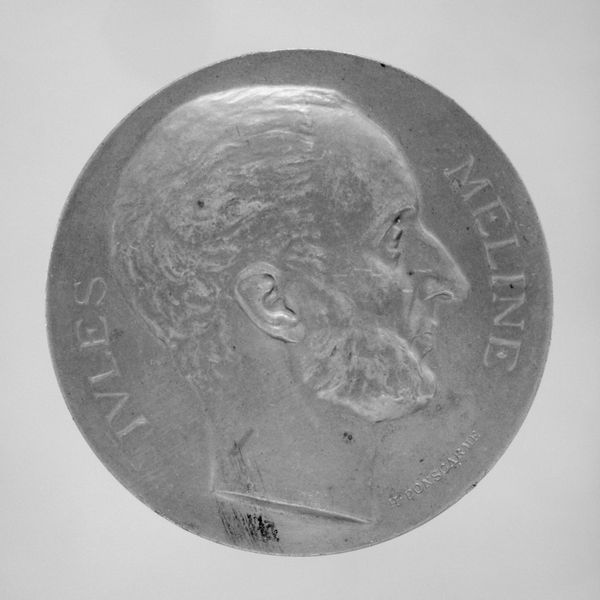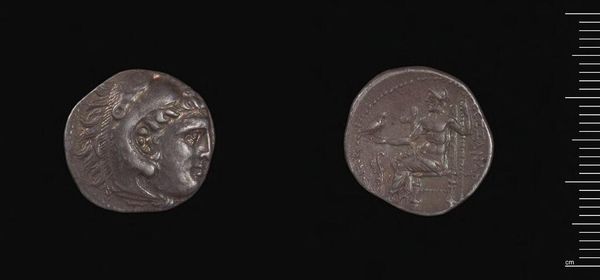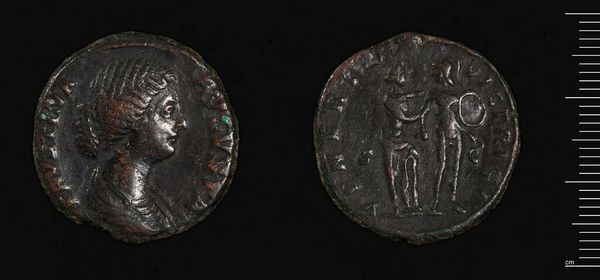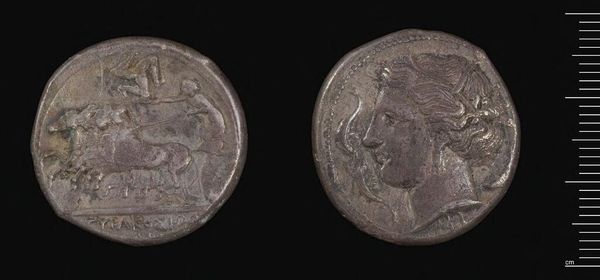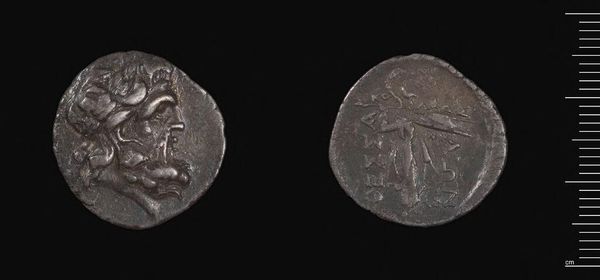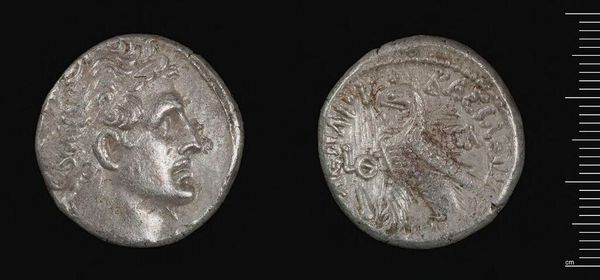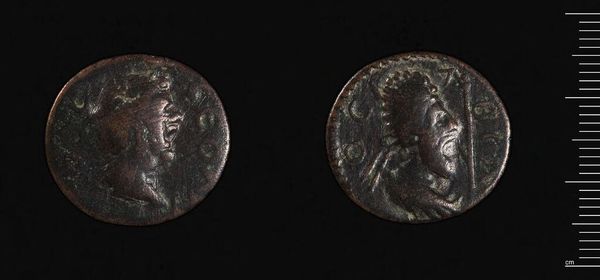
carving, metal, sculpture
#
portrait
#
medal
#
carving
#
metal
#
sculpture
#
11_renaissance
#
sculpture
#
carved
#
italian-renaissance
#
miniature
Dimensions: Diam. 3.8 cm, wt. 22.79 g.
Copyright: Public Domain
Editor: This is "Medal: Bust of Sebastian Zä" created in 1572 by Antonio Abondio. It’s a small, circular metal carving. There's a solemn feel to this piece, given its muted tones and the serious expression on the man's face. What can you tell me about the symbolism within it? Curator: The symbolic power lies in the object itself. The medal, from antiquity through the Renaissance, signified status and commemoration. Notice the profile portrait, echoing Roman emperors, a deliberate link to power and authority. Ask yourself, what does it mean to immortalize someone in miniature? Who was Sebastian Zä? Editor: So, the act of creating the medal is itself a symbol? And I suppose Zä must have been someone important to be memorialized in this way. Curator: Precisely! The circular form itself is potent – an unbroken line, signifying eternity. And look at the inscription surrounding the portrait; it further solidifies Zä's identity and importance, creating a cultural memory. This piece is more than just a likeness; it's a carefully constructed narrative. Who do you think saw it, touched it, passed it down? Editor: I see. It's not just a portrait, but also a historical record, meant to last. And those viewers over time continue the "narrative", as you say. Curator: Yes, think about how this object carries Zä's legacy through generations, shaping our perception of him even today. How might that influence your understanding of portraiture in general? Editor: That’s a compelling way to view it – less about the individual and more about enduring cultural values. Thank you! Curator: My pleasure! Considering art as a conveyor of lasting cultural symbolism always yields rich insights.
Comments
No comments
Be the first to comment and join the conversation on the ultimate creative platform.
